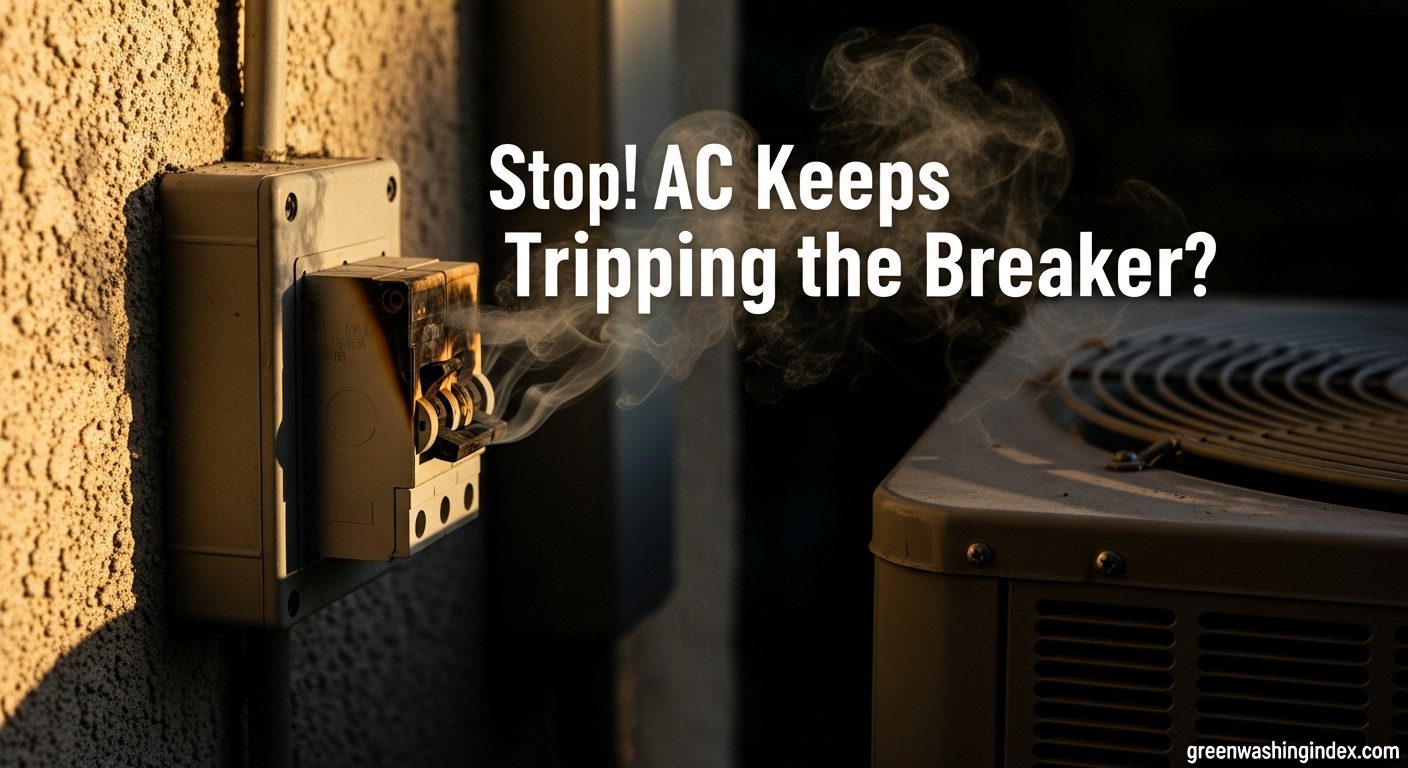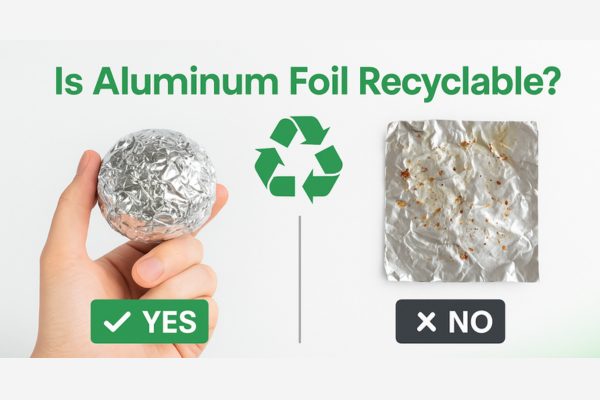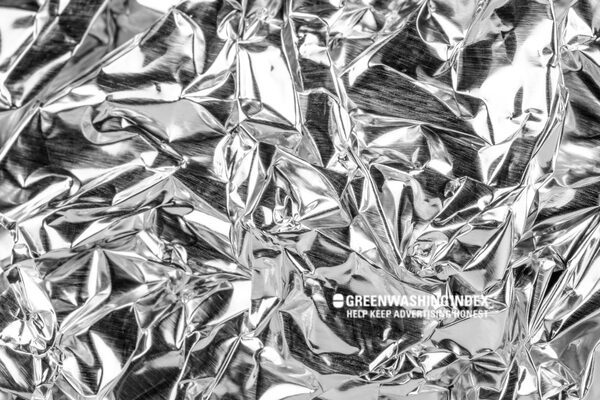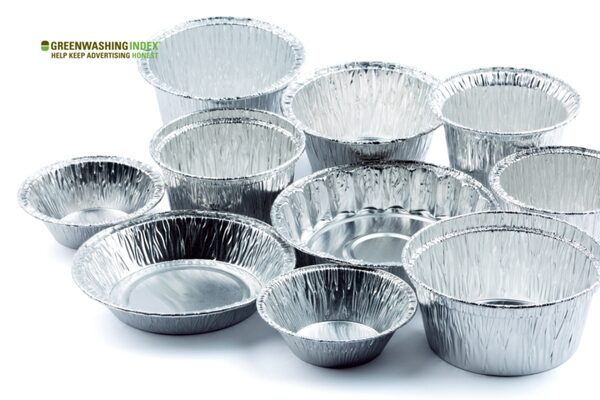

That crumpled ball of aluminum foil from last night’s dinner doesn’t have to end up in the trash. While aluminum ranks among Earth’s most recyclable materials—with 75% of all aluminum ever produced still in use today—aluminum foil presents unique recycling challenges that confuse even environmentally conscious consumers.
Here’s the straightforward answer: Yes, aluminum foil is 100% recyclable, but only when it’s clean and your local recycling program accepts it. The key lies in proper preparation and understanding your area’s specific requirements for recycling aluminium foil domestically.
This comprehensive guide reveals exactly how to recycle aluminum foil properly, why some facilities reject it, what to do with contaminated pieces, and eco-friendly alternatives. Whether you’re wondering “can you recycle tinfoil” or seeking practical solutions for foil recycling, you’ll find evidence-based answers backed by industry data and expert insights.
The recyclability of aluminum foil depends on two critical factors: cleanliness and local program acceptance. Understanding these factors helps answer the common question “can aluminum foil be recycled” with confidence.

Clean aluminum foil that’s free from food residue qualifies for recycling in most programs. According to the EPA’s aluminum recycling data, properly prepared foil can be infinitely recycled without quality loss. Your foil is recyclable when:
The question “can you recycle aluminium foil” becomes straightforward when these conditions are met—the answer is definitively yes.
Several scenarios prevent successful foil recycling, explaining why many wonder “does aluminum foil recycle” with such uncertainty:
Understanding when you cannot recycle tin foil helps prevent contamination of other recyclables.
The mixed messages about whether aluminum foil goes in the recycling bin stem from legitimate variations in recycling infrastructure. While aluminum itself maintains infinite recyclability, practical challenges create the confusion:
Quick Decision Flowchart:
Is your foil clean? → NO → Try cleaning or trash it
↓ YES
Can you ball it up (2-3 inches)? → NO → Save more pieces
↓ YES
Does your program accept it? → NO → Find drop-off location
↓ YES
Recycle it!
- ✓
Learning how to recycle tin foil properly ensures your efforts contribute to the circular economy rather than creating contamination problems. Follow this proven process for successful aluminum foil recycling.
Before attempting to recycle tin foil, evaluate its current state:
Pro tip: If you’re questioning whether the foil is clean enough, hold it up to light. Clean foil allows light through evenly, while contaminated areas appear dark or opaque.
Proper cleaning determines whether you can recycle used aluminium foil that is clean:
Remember: The effort invested in cleaning directly impacts whether your foil recycling succeeds.
Creating properly sized balls addresses the question “can you put tin foil in the recycle bin” effectively:
This size requirement prevents foil from jamming equipment or blowing away during processing—critical factors in successful aluminum foil recycling.
Confirming local acceptance answers “does aluminum foil go in the recycling bin” for your specific area:

Understanding the challenges explains why the question “can foil be recycled” receives different answers across regions. These legitimate obstacles affect how facilities handle aluminum foil recycling.
Food contamination poses the primary challenge to recycling aluminium foil domestically. Recycling facilities operate on thin profit margins, and contaminated materials can:
Studies show that even small amounts of organic contamination can reduce the value of recycled aluminum by up to 40%, explaining why many programs remain cautious about accepting foil.
The lightweight nature of foil creates unique problems compared to aluminum cans:
These technical challenges mean facilities need specialized equipment upgrades to handle foil recycling efficiently.
The question “is it worthwhile to recycle aluminum cooking foil” involves economic realities:
Despite these challenges, environmental benefits justify continued efforts to improve foil recycling infrastructure.
Understanding why cans recycle easily while foil faces obstacles:
| Aspect | Aluminum Cans | Aluminum Foil |
| Contamination | Minimal (liquid residue) | High (food, grease) |
| Weight | Heavy (profitable) | Light (less valuable) |
| Thickness | Uniform, sturdy | Thin, variable |
| Sorting | Easy identification | Difficult to separate |
| Equipment needs | Standard | Often specialized |
| Acceptance rate | 95%+ of programs | 50-70% of programs |
Determining whether you can recycle aluminum foil pans and regular foil in your area requires targeted research. Local acceptance varies significantly, making verification essential before adding foil to your recycling bin.
Several authoritative resources help answer “can you recycle foil” for your specific location:
These tools clarify whether aluminum foil pans recyclable options exist in your community.
Direct communication often provides the clearest answers about tin foil recycling:
When curbside programs don’t accept foil, explore these alternatives:
Remember to call ahead—policies for how can a foil container be recycled or re-used vary by location.
If local recycling isn’t available, consider these responsible options:
Avoiding these errors ensures your aluminum foil recycling efforts succeed rather than creating contamination problems. Understanding what not to do is as important as knowing proper procedures.
The most frequent error preventing successful tin foil recycling involves inadequate cleaning:
Remember, the question isn’t just “can you recycle tinfoil” but “is your tinfoil clean enough to recycle?”
Many products resembling aluminum foil actually combine multiple materials:
Use the scrunch test: true aluminum foil stays crumpled, while composites spring back.
Size matters significantly for successful aluminum foil recycling:
Proper sizing ensures your efforts to recycle aluminum foil succeed at processing facilities.
The Scrunch Test helps identify genuine aluminum foil:
This simple test prevents non-recyclable materials from contaminating aluminum recycling streams.
When facing the problem with recycled foil that’s too dirty for traditional recycling, creative solutions minimize waste while maintaining environmental responsibility.
Before discarding foil that can’t be recycled, consider these practical applications:
Garden and Pest Control:
Household Uses:
Craft Projects:
Accepting when foil belongs in garbage prevents recycling contamination:
Environmental impact remains lower when contaminated items go to landfills rather than spoiling recyclable batches.
Reduce the amount of non-recyclable foil through planning:
List of 10 Non-Food Uses for Used Foil:
Understanding whether is foil biodegradable helps contextualize recycling importance. While aluminum foil isn’t biodegradable in the traditional sense, its environmental impact differs significantly from plastics.

The distinction between these concepts often causes confusion:
Biodegradable materials break down through biological processes (bacteria, fungi) into natural elements. Aluminum, being an inorganic metal, doesn’t biodegrade—it lacks the molecular structure for biological decomposition.
Recyclable materials can be reprocessed into new products. Aluminum excels here, maintaining quality through infinite recycling cycles. This makes are aluminum foil pans recyclable a more relevant question than biodegradability.
While not biodegradable, aluminum foil does eventually break down through oxidation:
Compare this to plastics persisting for centuries—aluminum’s recyclability offers superior environmental outcomes.
Understanding production impacts emphasizes why aluminum foil recycling matters:
Mining Impact (Aluminum Association data):
Energy Consumption:
The environmental benefits of recycling aluminium foil domestically include:
Energy Savings Infographic Data:
While learning how to recycle aluminum foil properly is important, reducing usage through sustainable alternatives provides even greater environmental benefits.
Modern alternatives eliminate the need for single-use foil:
Glass Containers with Lids:
Silicone Stretch Lids:
Beeswax Wraps:
Replace foil in cooking applications:
Parchment Paper:
Silicone Baking Mats:
Cast Iron and Stainless Steel:
Certain applications still benefit from foil’s unique properties:
When foil remains necessary, choose products with recycled content.
Support circular economy through purchasing decisions:
Benefits of Recycled Foil (Reynolds Recycled data):
Product Comparison Chart:
| Alternative | Best Uses | Lifespan | Cost | Environmental Impact |
| Beeswax wraps | Food storage | 1 year | Medium | Very low (compostable) |
| Silicone mats | Baking | 2000+ uses | High | Low (long lifespan) |
| Glass containers | All storage | Lifetime | Medium | Very low (recyclable) |
| Parchment | Baking/roasting | Single use | Low | Low (compostable) |
| Recycled foil | When needed | Single use | Low | Medium (recyclable) |
Yes, clean aluminum pans and trays follow the same recycling guidelines as regular foil. Most programs accepting foil also take aluminum bakeware. Clean thoroughly, removing all food residue, and check with your local facility. Some areas accept these items more readily than regular foil due to their rigid structure and heavier weight.
Absolutely. Despite collection challenges, recycling aluminum foil provides significant environmental benefits. Each ton of recycled aluminum saves 14,000 kWh of electricity and prevents 10 cubic yards of landfill waste. While individual pieces seem insignificant, collective recycling efforts create substantial positive impact.
Crumpling is actually required for successful recycling! Clean foil should be formed into balls at least 2-3 inches in diameter before placing in recycling bins. This prevents the lightweight material from jamming sorting equipment or blowing away during processing.
Aluminum containers offer excellent reuse potential before recycling. Use them for organizing drawers, starting seedlings, freezing portions, or craft projects. When ready to recycle, clean thoroughly and check local guidelines—many programs accept aluminum containers more readily than foil sheets.
Yes, clean aluminum foil is fully recyclable in participating programs. “Clean” means free from food particles, grease, and other contaminants. If water beads on the surface after rinsing, oils remain—continue washing with dish soap until completely clean. When in doubt, test by holding the foil to light.
There’s no difference—”tin foil” is an outdated term from pre-WWII when foil was actually made from tin. All modern “tin foil” is aluminum and follows identical recycling guidelines. The persistent terminology creates confusion, but the recycling process remains the same regardless of what you call it.
Aluminum foil is indeed recyclable when properly cleaned and prepared, though local program acceptance varies significantly across regions. The key to successful aluminum foil recycling lies in understanding your area’s specific requirements and taking time to prepare materials correctly.
By removing all food residue, forming appropriate-sized balls, and verifying local acceptance, you transform potential waste into valuable recycled material. Each piece of recycled aluminum saves 95% of the energy required for virgin production—a compelling reason to make the effort.
Whether you’re learning how to recycle tin foil for the first time or improving existing habits, remember that small actions create collective impact. Even if your area lacks curbside foil recycling, alternatives like drop-off locations, reuse strategies, and eco-friendly substitutes help minimize environmental impact.
Check your local recycling program today and start balling up that clean foil. Every recycled piece contributes to energy conservation, resource preservation, and a more sustainable future. When we handle aluminum foil responsibly—through recycling, reusing, or choosing alternatives—we ensure this versatile material serves our needs without compromising environmental health.

Don't let aphids, slugs, and caterpillars ruin another plant. Take back control with simple, natural methods that actually work.